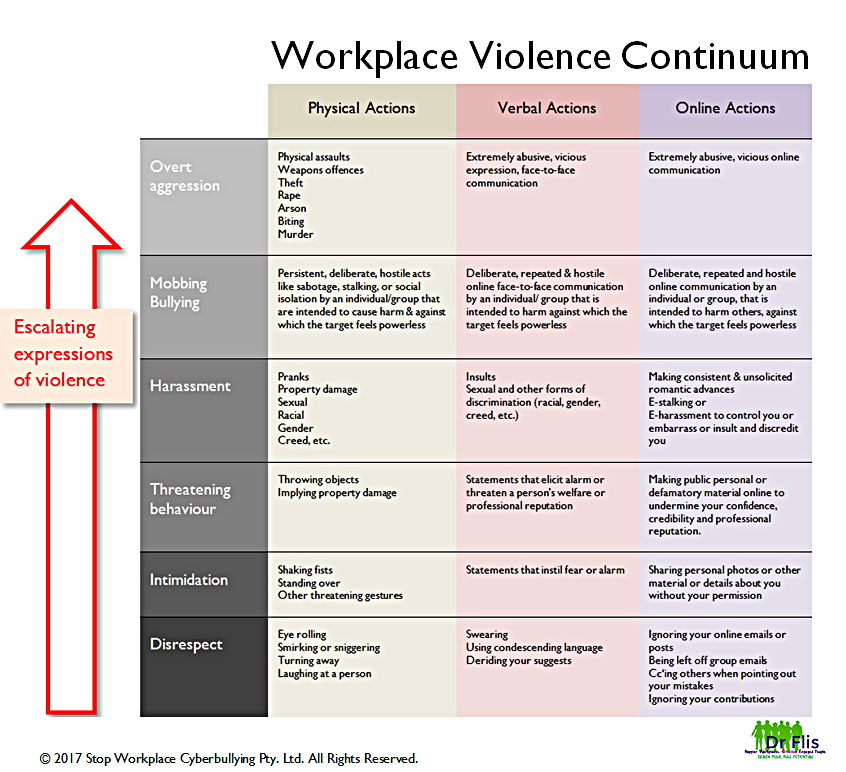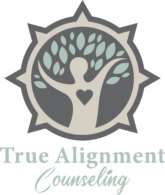WORKPLACE STRESS & ABUSE
FINDING A PATH TOWARDS HEALING


For most of us, working for an employer is a fact of life, and our job is a place where we spend a significant amount of time throughout our adult lives. We may not imagine that a workplace could end up being an environment we come to dread – yet for many people – this is an accurate description of their experience. Workplace stress and abuse can lead to a range of difficult emotions – including feeling misunderstood, anxious, depressed, alone, isolated, and helpless, as well as an endless cycle of negative thoughts. It may be hard to know who you can trust, which can exacerbate feelings of isolation. It may be difficult to know exactly what is happening, what to call it, or how to address it.
How Can I Help?
Workplace stress and abuse can have a devastating impact on a person’s quality of life. My approach is to help people regain a sense of control and improve their quality of life by providing counseling that helps them recognize and name what is happening, explore how workplace stress and/or abuse is impacting them, review what choices might be available to them, and provide strategies to support them in making those choices while focusing on self-care.
The content on this page is not intended as a substitute for professional advice. Please note that I am only able to provide counseling within my scope of practice, and you may need to consult with other professionals regarding any legal, financial, or human resources matters.
Workplace stress and abuse refers to stress and abuse that is experienced specific to a person’s job/workplace, and covers a broad spectrum of difficult workplace scenarios.
It can be helpful to understand common terminology/definitions applied to various unhealthy work environments . The behaviors described below are often indistinguishable from one another, often overlap, and exist on a spectrum. (See “Workplace Violence Continuum” chart towards the bottom of this page).
Workplace Violence: Workplace violence is any act or threat of physical violence, harassment, intimidation, or other threatening disruptive behavior that occurs at the work site. It ranges from threats and verbal abuse to physical assaults and even homicide (United States Department of Labor, Occupational Safety and Health Administration).
Workplace Harassment: Workplace Harassment is a form of employment discrimination that violates Title VII of the Civil Rights Act of 1964, the Age Discrimination in Employment Act of 1967, (ADEA), and the Americans with Disabilities Act of 1990, (ADA). It includes unwelcome conduct that is based on the following protected classes: race, color, religion, sex (including sexual orientation, gender identity, or pregnancy), national origin, older age (beginning at age 40), disability, or genetic information (including family medical history) (US Equal Employment Opportunity Commission). The United States protects employees against forms of harassment that are based on these protected classes.
Workplace Bullying: Workplace bullying is the unwanted, unwelcome abuse of any source of power that has the effect of or intent to intimidate, control or otherwise strip a target of their right to esteem, growth, dignity, voice or other human rights in the workplace. (National Workplace Bullying Coalition). There are other various definitions of workplace bullying, depending on the source. Workplace bullying is also commonly referred to as workplace “mobbing”. There are currently no laws making workplace bullying illegal, although many groups are advocating for such a law to be enacted. Since there is no legal definition of workplace bullying, it can be difficult to recognize when it is occurring.
What are some examples of workplace bullying?
- Making up accusations against an employee
- Teasing, name-calling, sarcasm, and ridiculing a person
- Excessive criticism and reprimands
- Intimidating behavior such as slamming doors, finger-pointing, throwing things
- Destructive gossip, rumors, inuendo
- Assigning impossible deadlines or tasks without the necessary resources
- Recruiting other coworkers in an effort to sabotage the employee
- Excluding employee from meetings or withholding information
- Sending abusive emails, texts, or voicemails
What are examples of situations that are NOT workplace bullying? (Keep in mind that these situations can commonly contribute to workplace stress, and can also be addressed in counseling).
- Employers enforcing existing policies with all employees, even if the policies seem restrictive or unfair
- Evaluating performance and providing feedback in a fair, honest, accurate way – even if the feedback is difficult to hear
- Addressing problem behavior in a fair way
- Employers transferring, demoting, disciplining, counseling, or firing employees (although this may not seem fair, and can be part of a spectrum of workplace bullying behavior, it is not quite the same as workplace bullying)
- Differing personalities or styles
- A one-time or occasional incident of difficult behavior

Resources
Organizations &Websites
National Workplace Bullying Coalition
International Association on Workplace Bullying and Harassment
Books (Please note I am not affiliated with any of these books and receive no financial incentive).
Preventing Workplace Bullying: An Evidence-Based Guide for Managers and Employees.
Beating the Workplace Bully: A Tactical Guide to Taking Charge.
Mobbing: Emotional Abuse in the American Workplace.
Overcoming Mobbing: A Recovery Guide for Workplace Aggression and Bullying.
Bullying and Harassment in the Workplace: Theory, Research and Practice.
Bullies in the Workplace: Seeing and Stopping Adults who Abuse their Co-workers and Employees.
Emotional Workplace Abuse: A New Research Approach.
Workplace Bullying: Symptoms and Solutions.
An Introduction to the Psychodynamics of Workplace Bullying.
Articles & Blogs
Workplace Bullying: Acknowledging Grief
The Six Stages of Workplace Bullying
Why Are You Being Bullied At Work?
Workplace Bullying Does Not Have to Shortchange Your Career or Your Well-Being
Bullying and Harassment in the Workplace: Resources for Targets and their Allies
American Psychiatric Association Center for Workplace Mental Health: Bulllying
Cyberbullying
